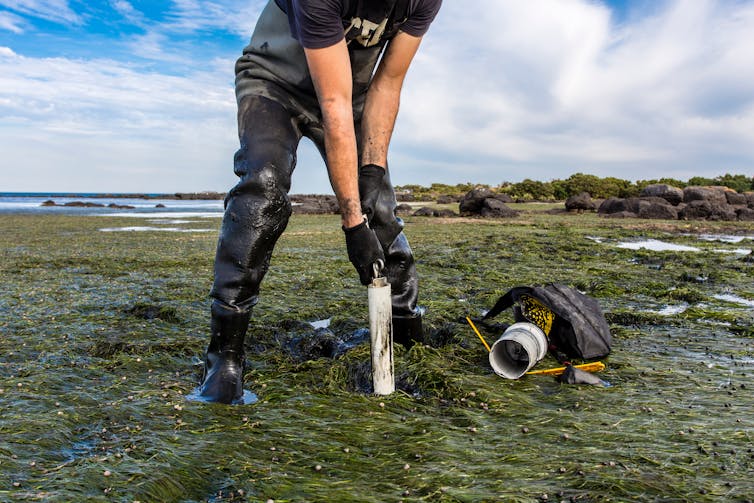In March, the Government declared a state of emergency in 23 of the southeast African nation’s 28 districts amidst severe El Niño conditions.
The current El Niño weather pattern is occurring against the backdrop of recurrent disaster and climate shocks, and heightened vulnerabilities that have set back Malawi’s development trajectory.
In March last year, Tropical Cyclone Freddy affected over 2.2 million people and damaged critical infrastructure. In 2022, Malawi also faced its deadliest cholera outbreak ever.
Widespread damage
The dry spells this year have caused widespread damage to crops and negatively affected food production in Malawi, where over 80 per cent of the population depend on agriculture for their livelihoods.
Estimates indicate that about 4.2 million people will face “acute” or IPC-3 levels of food insecurity and a further 6.7 million people “stress” or IPC-2 levels, until September.
Deterioration feared
The situation is expected to deteriorate during the upcoming October-March lean season with a national vulnerability assessment predicting that 5.7 million people (28 per cent of the population) will face IPC-3 level conditions – on the hunger classification index – or worse.
The Flash Appeal targets assistance for 3.8 million people between July 2024 and April 2025. Women, children and older persons constitute about 82 per cent of the target number.
Incorporating 82 projects and working with 27 partners, including the UN, national and international non-governmental organizations plus the Red Cross, the Appeal is aiming to raise $136.5 million.
Severe drought conditions in Malawi have drastically reduced access to safe water, increasing the risk of waterborne diseases.
Monetary pressures
The situation in complicated by 32.3 per cent year-on-year inflation rate as of April, and elevated food prices with maize averaging over 1.5 times above the five-year average.
In addition, the devaluation of the Malawi Kwacha by 44 per cent since November 2023 and the prohibitive cost of agricultural inputs in 2023 further exacerbating the situation for the most vulnerable.
The devaluation and depreciation of the national currency also increased transport costs for imported foods and agricultural inputs needed during the upcoming lean season.
Humanitarians also anticipate that as the dry, winter season sets in, livestock are likely to be affected by shrinking pastures, reduced access to water and an increase in disease.
Key sectors
The Flash Appeal has prioritized the districts where drought-related impacts are most severe and where urgent, immediate life-saving assistance is most needed.
It targets interventions in key sectors of agriculture and food security, alongside logistics, water and sanitation, health, and nutrition.




